Upland Bird Hunting in Kansas’s Cimarron National Grassland
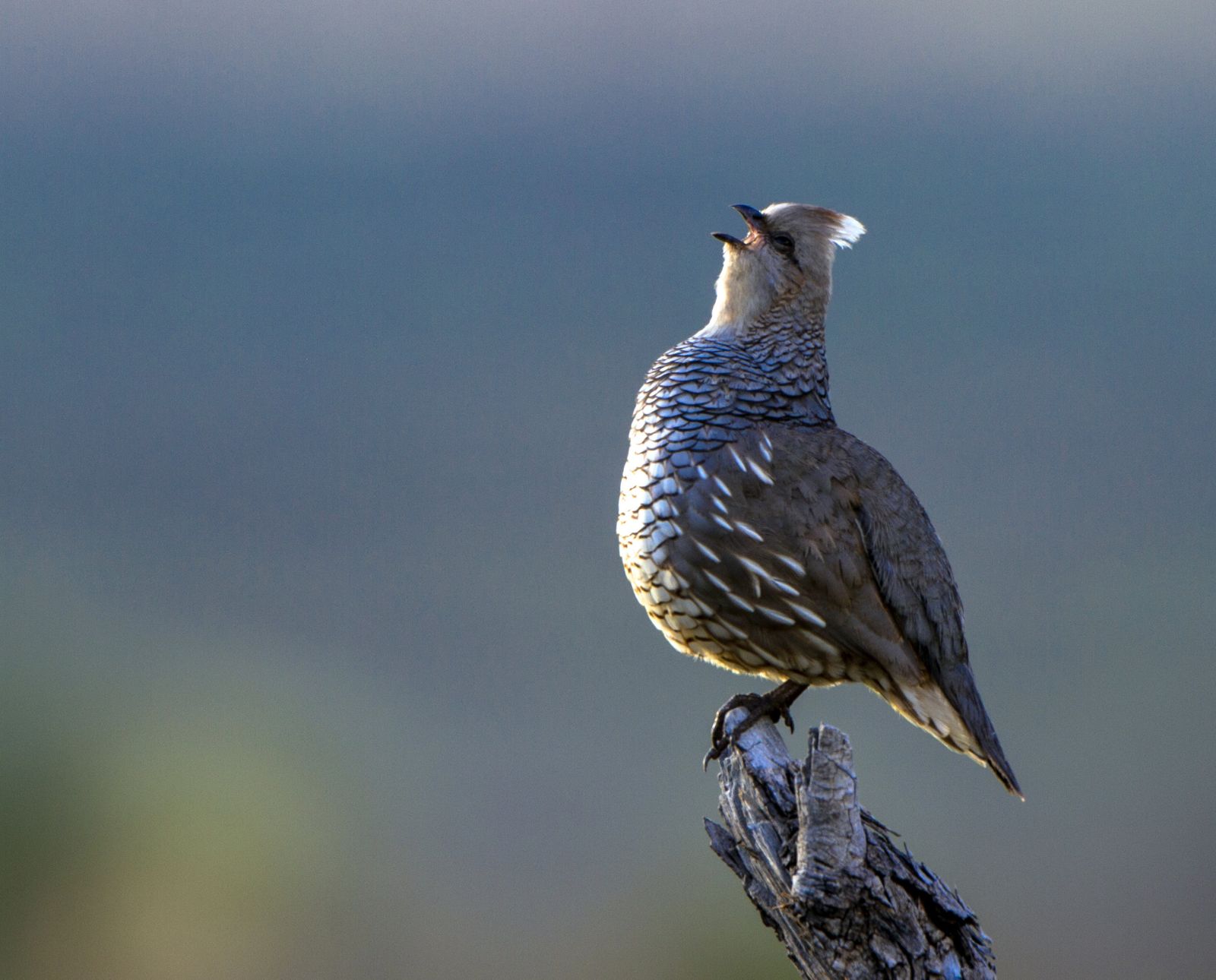
Exploring Kansas’s largest tract of public land for scaled and bobwhite quail.
The Cimarron National Grassland is under-appreciated by both the general public and bird hunters. But it shouldn’t be. The vast tract of public land, located in the southwest corner of Kansas, is characterized by rolling sage hills, intact shortgrass prairie, and a riparian river bottom chock-full of cottonwoods along the Cimarron River. The land is home to healthy populations of bobwhite and scaled quail, as well as protected population of lesser prairie-chickens. The occasional pheasant can be found here, too.
The Cimarron National Grassland is something of a unicorn when less than 1-percent of the land in Kansas is publicly owned. At 108,175 acres, it’s the largest parcel of public land in the Sunflower State. It’s also the only area there that’s managed by the U.S. Forest Service.
If you’re in the region, or planning a trip to Southwest Kansas, here’s what you need to about hunting the Cimarron National Grassland.
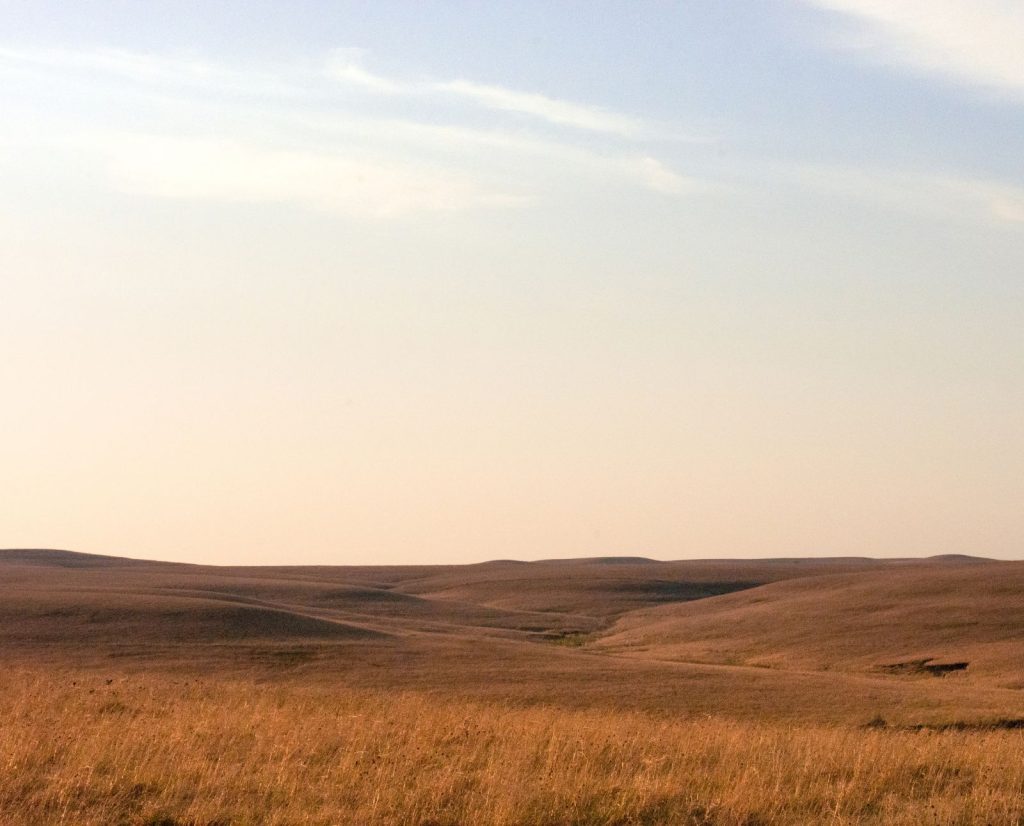
The History Of The Cimarron National Grassland
National grasslands are less common than national forests, but they’re more or less the same thing, the only difference being the type of habitat that predominates there. The 20 designated national grasslands in the U.S. are managed as multi-use federal public lands by the U.S. Forest Service. Among other uses such as grazing and hiking, hunting is a primary use on national grasslands such as the Cimarron.
The establishment of the Cimarron National Grassland is an interesting piece of history. According to the U.S. Forest Service, the establishment of the Cimarron National Grassland originated with the drought of the 1930s, commonly known as the “Dust Bowl era.”
According to the National Drought Mitigation Center, the Dust Bowl, also known as “The Dirty Thirties,” was a period characterized by horrible dust storms and brutal drought conditions in the south-central U.S. Preceding the period, farmers put poor quality land into production, which led to serious oil erosion that would exacerbate the difficult environmental conditions of the period.
In the aftermath of the Dust Bowl, officials took an unconventional tack to preventing similar natural disasters: they started buying up impacted lands and restoring them with native grasses. In 1938, the feds purchased the property that would, in 1960, be designated the Cimarron National Grassland. The name was derived from the Cimarron River—and the word Cimarron derives from Spanish, meaning “wild, untamed, unruly,” according to etymonline.
Another interesting historical footnote for the grassland is that it encompasses 23 miles of the Santa Fe Historical Trail—a remnant of a major trade and travel route between Missouri and Santa Fe, New Mexico.
The Weather And Ecology Of The Cimarron National Grassland
The Cimarron National Grassland is located in Kansas’s Morton and Stevens County. The grassland is part of the Great Plains, but by being in southern Kansas, the climate is milder compared to other parts of the Great Plains. The Cimmaron is known for relatively balmy winters with little or no snow, hot and dry summers, and cool evenings. The grassland typically receives less than 16 inches of rain annually—and a given year’s rain total is important to pay attention to as precipitation plays a big role in the fluctuation of upland bird populations on the grassland.
The Cimmaron has a varied landscape. The grassland’s elevation ranges from 3,150 to 4,540 feet above sea level. Key features include rock cliffs, cottonwood groves and grassland fields. Yucca and sagebrush are scattered throughout the land.
Different species of upland birds are found in different habitat. The open country with shortgrass is where you’ll find the scaled quail. The bobwhites tend to stay closer to woody cover. And the pheasants are mostly congregate by the riparian area along the Cimarron River. Hunters on the grassland must follow the usual seasons and regulations set forward by the Kansas Department of Wildlife and Parks. It’s also important to know that the U.S. Forest Service prohibits shooting on or across roads.
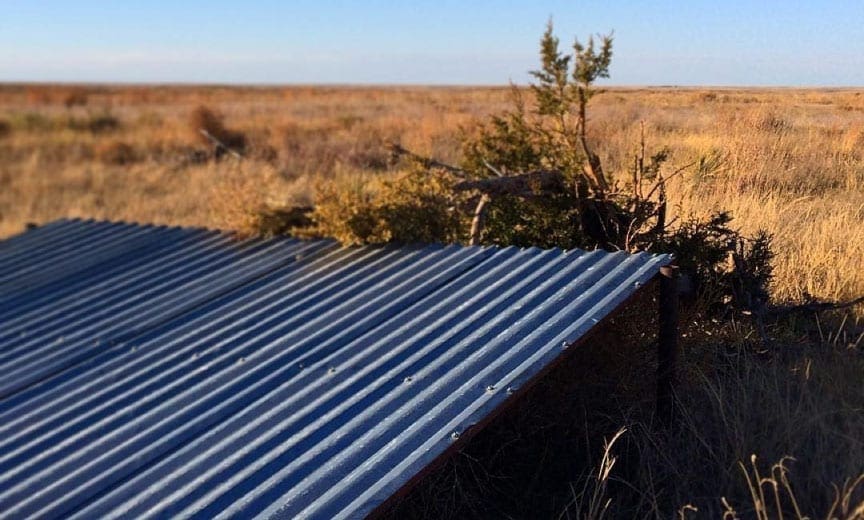
Hunting Bobwhite Quail And Scaled Quail In The Cimarron National Grassland
One of the most notable characteristics of the Cimarron is the ability to target both bobwhite and scaled, or blue, quail in the same place. The grassland is on the western edge of the bobwhite quail range and the eastern edge of that of scaled quail, which are more commonly hunted in places like New Mexico and Arizona.
Hunting for the species is similar but distinct. Both species are found in coveys, though scaled quail tend to congregate into larger coveys, sometimes with 40 to 60 birds. Compared to bobwhites, scaled quail are also known to run more and stick to open grasslands. That said, it is possible that you can struggle to tell which species of quail you flush is on the Cimarron; thankfully, the bag limit encompasses both species.
The vastness of the area—more than 108,000 acres of public land—can make finding quail like searching for a feather in a haystack. Consider hunting near structure, or quail huts that have been erected throughout the grasslands for both blues and bobs. Excellent places to hunt include dilapidated homesteads or corrals that have been abandoned, crumpled windmills and stock tanks, and old farm machinery and implements with tumbleweeds.
Guzzlers also abound in the prairie and are scattered to help provide water for wildlife. A guzzler is a corrugated tin roof built about two feet off of the ground. They are built at an angle so rain water or dew can run off into a catch trough underneath the roof in the shade. Check for footprints in these areas. If found, a good method or tactic to use when hunting structures is to walk in concentric circles around them, progressively expanding the circles, thus widening the search area with each pass. Other areas bird hunters can focus on are washes and dusty areas. Look for fresh diggings under trees and shrubs. Hunt these in concentric circles, too.
Finally, don’t forget to watch the rear-view mirror when driving the grassland. Scaled quail can be seen frequently on the sides of the roads or along ditches as they scurry along. Keep driving as birds will scatter. Then, park a couple hundred yards away and if legally accessible, enter and make a wide berth with dogs back to the location where the scalies were last seen. Keep one hunter on the road, slowly walking towards the birds to watch if they cross. If no birds flush upon the approach, the hunter should walk both sides of the roads along fences as singles are likely to be using them as a path.
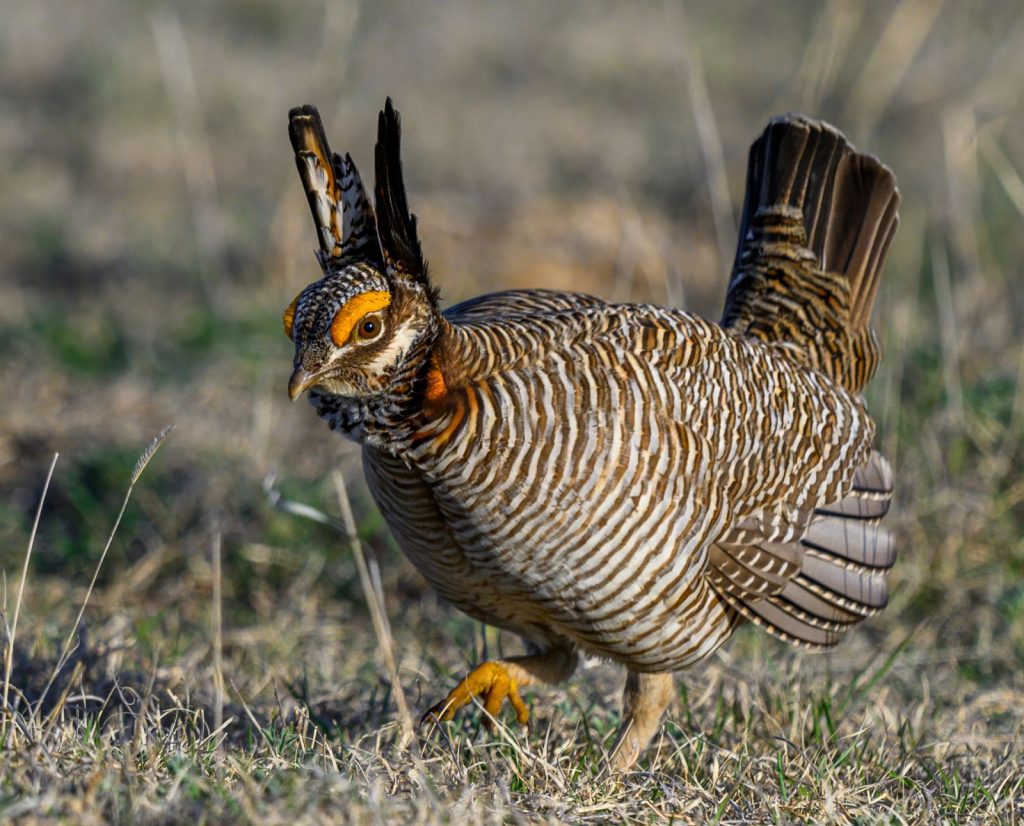
Watch Out For Lesser Prairie-Chickens
It’s important to know that the Cimarron National Grassland is an important site for lesser prairie-chicken conservation. Lesser prairie-chickens are endemic to the southern and central plains of the U.S. The species is considered threatened and cannot be hunted in southwest Kansas.
In fact, the Cimarron, and a nearby national grassland in Colorado, the Comanche, have been part of recent restoration efforts. Between 2016 and 2019, biologists relocated a significant numbers of birds to both grasslands.
“Not only were the Comanche and Cimarron known to contain numerous historic lesser prairie-chicken leks, but the National Grasslands are also collectively the largest area of public lands across the range,” explained Colorado Parks & Wildlife Bird Conservation Coordinator Liza Rossi in a U.S. Fish and Wildlife Service press release. “Additionally, the area occurs across two states, so it is a great location to partner and focus on conservation within the Sand Sagebrush Ecoregion.”
If you’re planning a hunt, make sure you know how to identify prairie chickens in the field.
The Final Word On Hunting The Cimarron National Grassland
The Cimarron National Grassland is a unique place to hunt. It’s the largest plot of public land in Kansas and has significant populations of both bobwhite and scaled quail, not to mention some pheasants. If you’re going for the unofficial Kansas grand slam, the Cimarron National Grassland is a great place to chase quail.
Hunting here isn’t easy, but it can certainly be rewarding. As Chad Love, former editor of Quail Forever, once put it, the Cimarron “is an intimidating place for a bird hunter. It can swallow you, your dogs, and your spirit. Yet there is much beauty here. On the southern plains in fall and winter, as the harsh light of afternoon segues into the soft glow of evening, things change. It’s the quality of light on sage, grass and sky that eases the hardness of the land and gives it a beauty that I have found nowhere else in a lifetime of chasing many birds across many different landscapes.”



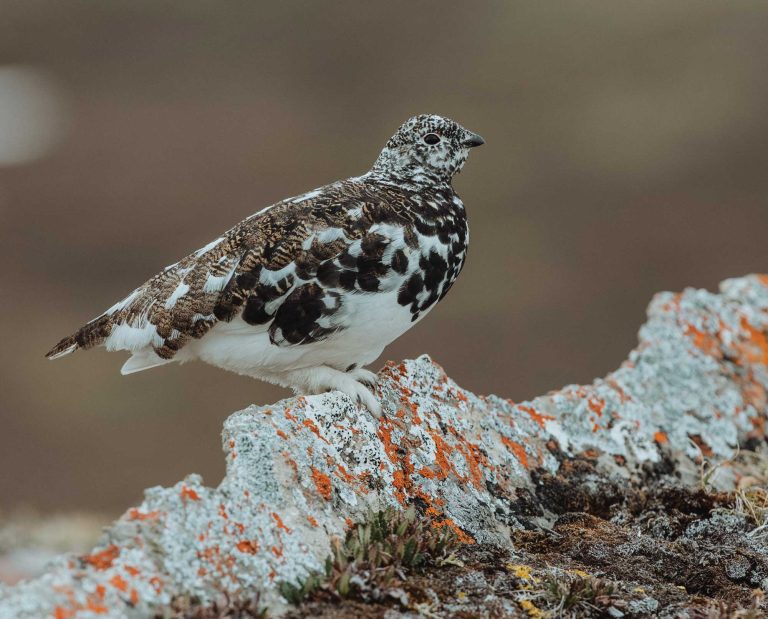
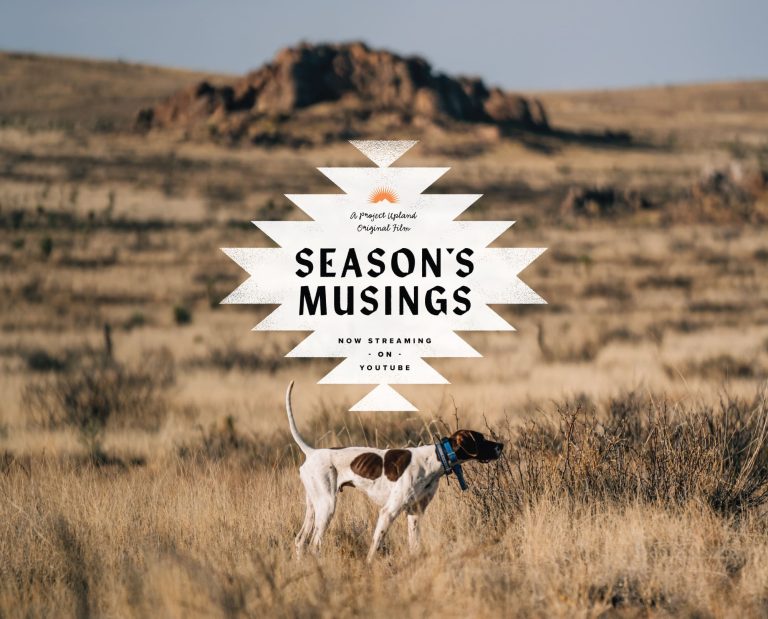
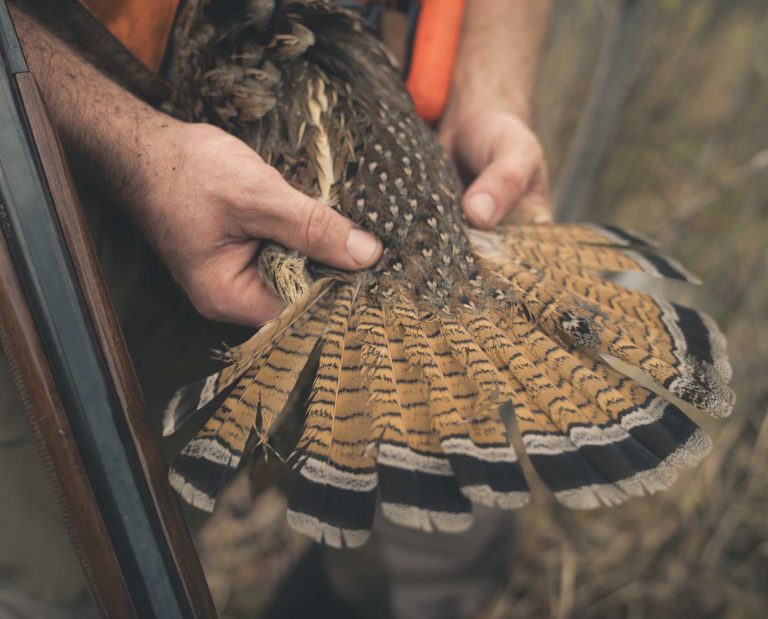
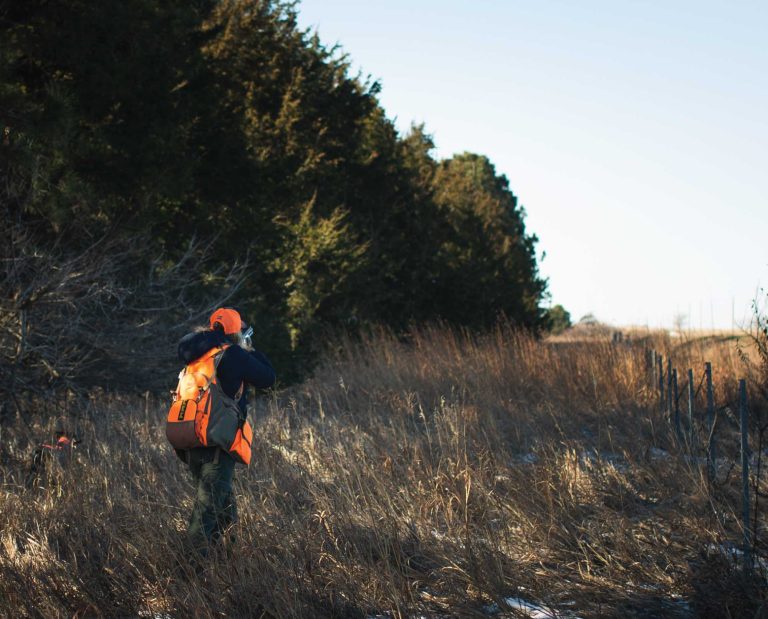
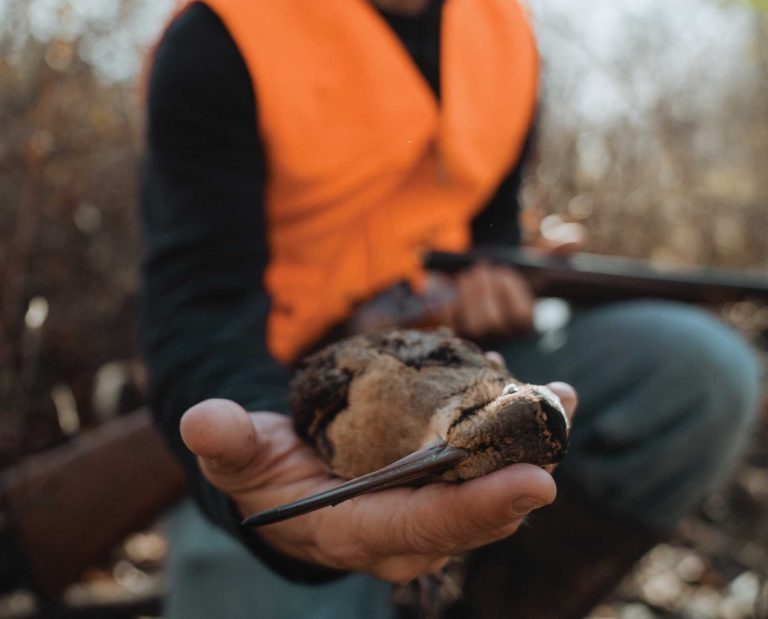

Looks like a great place to go hunt. We’ll have to add a quail hunt in Kansas to our list
The CNG is vast and offers the opportunity to hunt bobwhite quail and pheasants. It really is unique place within the state.
[…] adequately equipping new hunters and giving away the farm, so to speak. For example, the article Scaled Quail Hunting the Cimarron National Grassland generated a fair share of emails, messages, and comments that we were hotspotting and people were […]